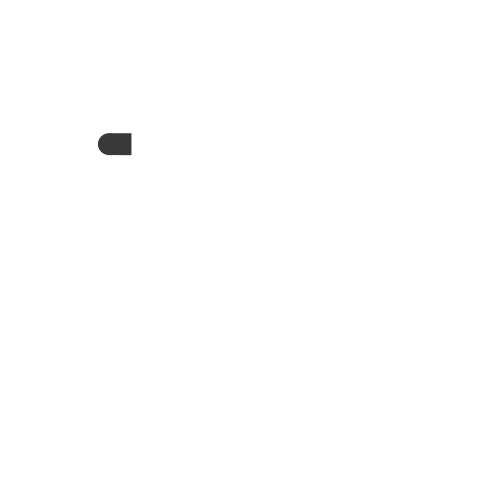Ingresse Website Redesign
Year: 2014
Responsibilities: Creative direction, Requirements analysis, Information Architecture, Interaction Design, User Research, User Interface
Ingresse allows Brazilians to discover events they love and purchase tickets online in a social way. The startup is becoming the leading online ticketing platform in Brazil.
More than 3 years after its launch, this was the first major redesign of their website. I was previously working on their event discovery app, and one of the main goals of the website redesign was to create a more consistent experience with the app and unite both platforms in one single event discovery product. For example, we wanted users to discover events on the app, buy the tickets on the website and finally access those tickets on the app again (or even the other way around) without even noticing that they switched from a platform to the other.
So we started by working on the brand and the visual language, and we ended up developing a mobile first front-end framework called Venus. The old website, especially the homepage, was visually way busy, so we wanted to drastically simplify the user interface. This framework now serves as the basis for any new page on the website, and it is constantly being updated according to the new constraints and necessities introduced by those new pages.
Since there were too many pages to redesign, we focused on the homepage/search, the event details page and the purchase flow. Each one of these had a main redesign goal. The homepage and search needed to display many different event posters without being visually busy or hindering the user ability to easily discover events; so we made the event posters smaller and created event categories to cluster them. The event details page needed to be flexible enough to display more or less content according to each event (event description, photos, map, tweets, etc.), so we used blocks of information or cards. And finally we needed to optimize conversion in the purchase flow and make it possible to embed it on other websites if necessary, so we designed each step on the flow to be simpler and we implemented the flow inside a modal dialog.
Regarding the process, in sum, we first conducted a competitor analysis, analyzed previous costumer feedback, heuristic evaluation, analytics and heat maps of those pages and sketched a dozen different options. Then we nailed down the best ones and created some mid-fidelity wireframes to use in internal user testing before implementing them. After the launch we conducted some preference and usability tests to refine more the redesign. Currently some new pages are also being redesigned using the same principles and the front-end framework of the initial redesign.






